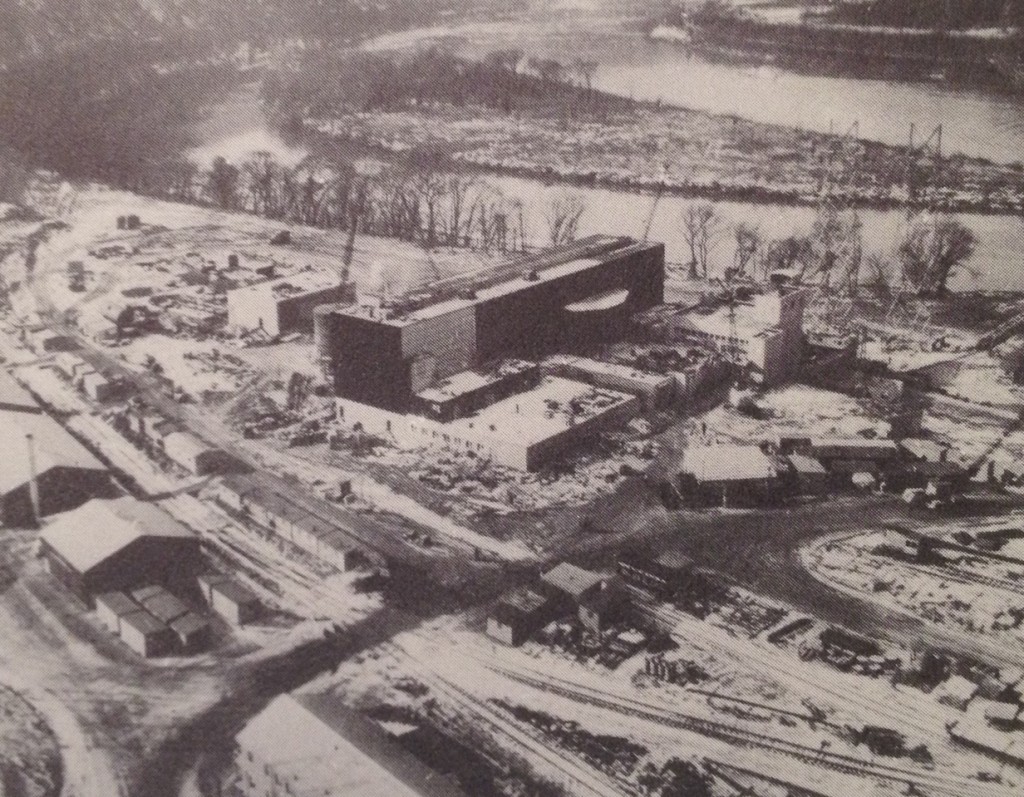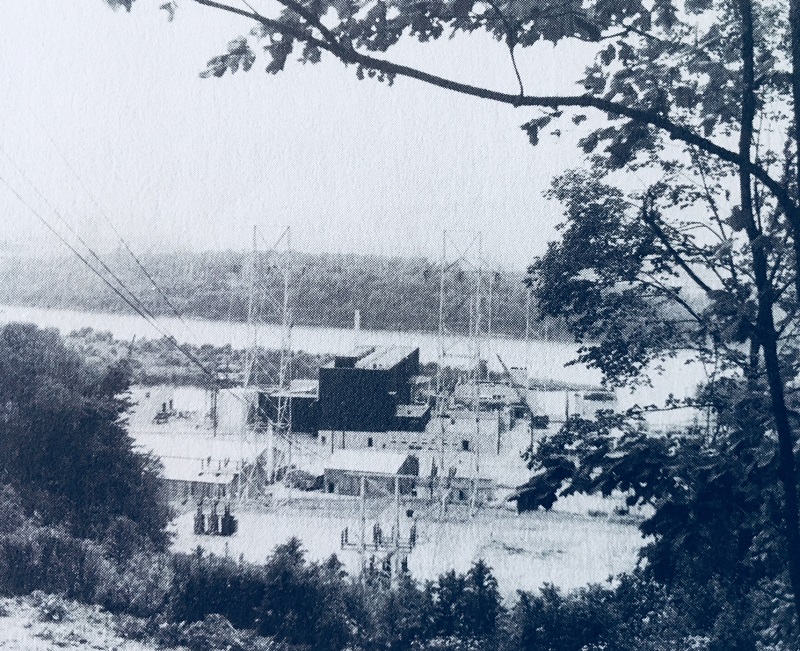•Shippingport was initially something of a last ditch effort. During 1953, the Navy cancelled the CVR project (CV for aircraft carrier, and R for reactor) which confounded the Atomic Energy Commission (AEC). The AEC had hoped that the CVR project would both lead to larger Naval plants, and to a commercial (civilian) plant. A budget request for a civil plant had also recently been refused. The AEC decided to appeal directly to President Eisenhower in order to prevent a total loss of momentum, and the result was the project that eventually became Shippingport.
•Shippingport didn't have to be Shippingport. A competition was held to determine which U.S. utility company should partner with the AEC in construction of the new atomic power station. While a number of competitive bids from around the country were received, the Duquesne Light Company (which served the greater Pittsburgh area) won out. The location selected along the Ohio River being near Shippingport, the plant was thus given this name.

Shippingport Atomic Power Station under construction. Photo PR-18392 from the original press package.
•Shippingport was built quickly. The groundbreaking ceremony for Shippingport took place on September 6, 1954. Heavy construction was started in March 1955, and the plant was ready to receive the reactor vessel from Combustion Engineering in October 1956. One year later, the fuel was loaded in the reactor and preparations were begun for testing and the approach to criticality.
•Shippingport is completely gone. While the present day Beaver Valley nuclear plant is immediately adjacent to the old Shippingport site, the original nuclear power station has been completely decommissioned, with all plant structures removed down to a few feet below grade. The reactor vessel was removed in one piece and shipped away, and today nothing visible remains of the pioneering commercial nuclear power station.



